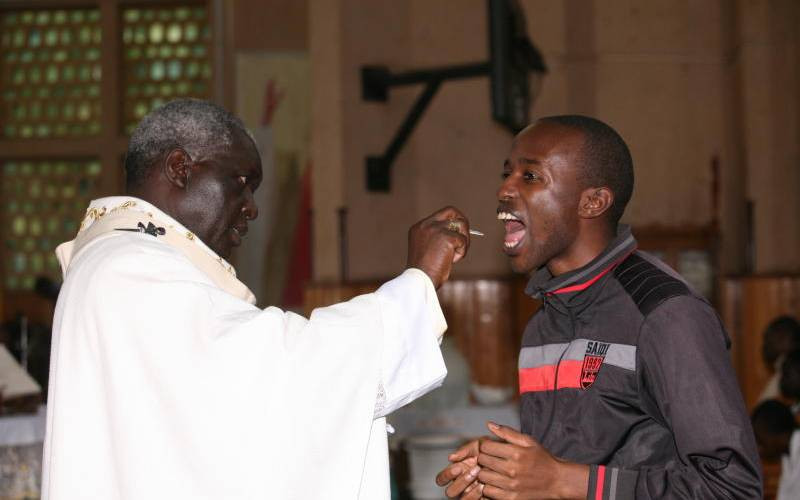In Kenya, holidays bring families and friends together. It’s a time for bonding and festive meals; Chapati, nyama choma, chicken and for the fancy people, there will even be a cake laid on the table. Easter starts off with Church then the festivities follow.
In Britain Easter means Easter egg hunts, hot cross buns and perhaps a spot of maypole dancing, while in Kenya it’s all about family coming together. People around the world have different ways of celebrating Easter, some vested in religious traditions and others in pre-Christian pagan customs.
In the United States, for example, the Easter Bunny delivers decorated eggs and candy. It’s thought the custom was brought to America in the 1700s by German immigrants who believed rabbits and eggs symbolised fertility and rebirth.
Sue Petrie, British Airways’ trade commercial manager for East and Southern Africa, suggests considering the following destinations if you’re planning an Easter break with a difference.
In Florence, Easter is celebrated with a bang. The Fiorentinos practice a 350-year old Easter tradition meant to ensure a good harvest. It’s called Scoppio del Carro or ‘the explosion of the cart’. Residents in colourful 15th century costumes pull an ornate cart packed with fireworks thought the streets to the Duomo, where, during the Easter mass, the Archbishop lights the fuse.
In the town of Verges in Spain the locals are a little more macabre. They commemorate Holy Thursday with the Dansa de la Mort or ‘Death Dance’. Participants dress up as skeletons to take part in a night-time procession through the streets, where they re-enact scenes from the Passion. The last skeletons carry a box of ashes.
If you’re in Helsinki over Easter, expect knee-high witches to accost you demanding treats. Finnish children dress up as witches, complete with broomsticks and other witchish accoutrements. If sweets and chocolates don’t work, bonfires are supposed to scare the little witches away.
You can have a smashing time in Corfu on Easter Saturday. Here people throw earthenware out of their windows, breaking it on the street. There are different schools of thought as to where the tradition originated. Some believe it was a Venetian custom to throw out old pottery to symbolise renewal. Others think the old pots were broken in spring, so the next harvest could be gathered in new pots.
Even if sunny spring weather is predicted in Warsaw, if you’re there on Easter Monday you’d be advised to take a raincoat or umbrella. Across Poland young boys try to wet girls and each other with buckets of water, water guns, hoses or anything else they can think of. Called Smigus-dyngus, tradition has it that girls who get drenched will be married within the year. The custom is said to date back to Prince Mieszko’s baptism on Easter Monday 966 AD.
Visiting somewhere during a holiday, festivity, carnival or other cultural event and immersing yourself in local culture and tradition makes the trip much more enjoyable and memorable.
 The Standard Group Plc is a
multi-media organization with investments in media platforms spanning newspaper
print operations, television, radio broadcasting, digital and online services. The
Standard Group is recognized as a leading multi-media house in Kenya with a key
influence in matters of national and international interest.
The Standard Group Plc is a
multi-media organization with investments in media platforms spanning newspaper
print operations, television, radio broadcasting, digital and online services. The
Standard Group is recognized as a leading multi-media house in Kenya with a key
influence in matters of national and international interest.
 The Standard Group Plc is a
multi-media organization with investments in media platforms spanning newspaper
print operations, television, radio broadcasting, digital and online services. The
Standard Group is recognized as a leading multi-media house in Kenya with a key
influence in matters of national and international interest.
The Standard Group Plc is a
multi-media organization with investments in media platforms spanning newspaper
print operations, television, radio broadcasting, digital and online services. The
Standard Group is recognized as a leading multi-media house in Kenya with a key
influence in matters of national and international interest.









